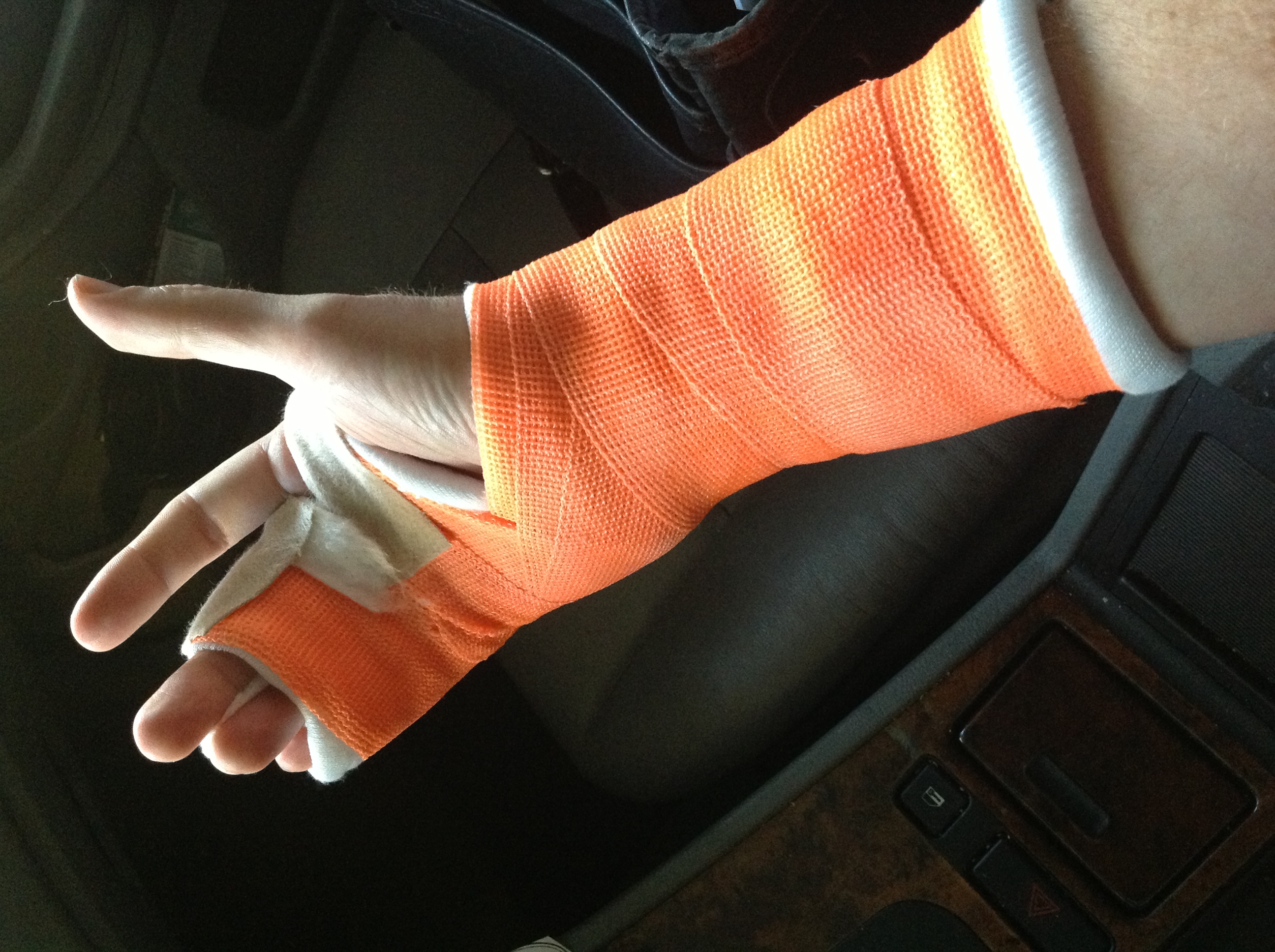3 Types of Common Workplace Injuries

Most people spend a large chunk of their time at work. According to a Gallup poll, full-time employees in the U.S. work 47 hours per week on average—almost a full day more than what’s
considered the “typical” 40-hour workweek. With so much time spent at our places of employment, there’s always the risk of sustaining an injury on the job.
Companies can and should create best practices to prioritize employee health, safety and longevity. Whether you work in an office setting, on a sales floor or somewhere within the supply chain, it’s worthwhile to be aware of these three types of common workplace injuries.
Lifting-Related Injuries
We’ve all lifted countless boxes, bundles and pieces of furniture. But all it takes is one wrong turn or tweak to cause a serious back injury. Overexertion while pushing, dragging or lifting can also cause a ventral hernia, also known as a bulge of tissue through an opening within abdominal muscles. It’s just as unpleasant as it sounds, and requires surgery to fix.
It’s not overly surprising the most common injuries requiring days off from work were “sprains, strains and tears,” making up 38 percent of the total. Their most common source? You guessed it: “overexertion in lifting or lowering.” The most common body part affected? The back. It is clear workplaces need to take the risk of lifting-related injuries seriously to protect employees and their bottom line (in addition to carrying enough workers compensation insurance to cover medical bills and missed days).
Training employees on proper lifting technique is crucially important in reducing the risk of a debilitating back injury, including how to lift from the legs instead of the back.
Repetitive Motion Injuries
Many people are quick to joke about their jobs being repetitive. But it turns out the physical motions people use daily are, too. Even the tiniest motion can be impactful on the human body when it’s performed over and over again. Repetitive motion injuries arise out of these habitual movements, like carpal tunnel from typing on a keyboard and clicking a mouse.
The key to avoiding repetitive motion injuries to the musculoskeletal system is practicing good ergonomics. Although these injuries may be less dramatic than a fall because they occur slowly over time, they are some of the most frequent causes of lost or restricted work time for employees. Consider hosting employee training on workplace posture and movement, and invest in ergonomic work equipment meant to alleviate unnecessary bodily stress.
Slipping, Tripping or Falling
In 2015 alone, the U.S. Bureau of Labor Statistics reported 238,610 cases involving falls, slips or trips. Slick entryways, cluttered walkways and uneven flooring can all cause employees to lose their balance and injure themselves in the process. Even if an employee navigates an obstacle 99 times out of 100, it only takes one instance for an accident to occur.
Make sure all stairs and elevated walkways have sturdy handrails on either side. Perform a walk-through of your business to identify hazards; then figure out a more permanent solution to keep cords, sharp corners, boxes, open drawers and chair legs out of thoroughfares. If there’s a spill, clean it up immediately to prevent further accidents. Put a weather mat out for employees so they can shake out their umbrellas and wipe their shoes on it before tracking water throughout the workspace. These seemingly small measures go a long way toward helping employees avoid a nasty tumble.
These three types of common workplace injuries demonstrate some of the primary physical risks employees face on the job. Take preventative measures against lifting injuries, falling risks and repetitive motion wear and tear with training and workplace safety measures. Workers compensation is a necessary backup, but it’s only part of the equation.




